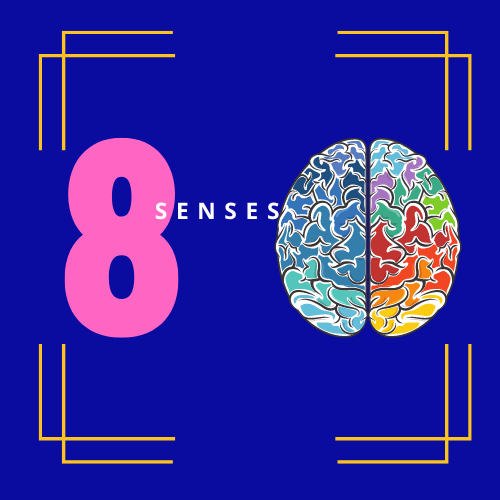Optimising our 8 Senses - 5 Tips for Suitably matching Sensory Products
Mar 16 , 2023
0 Comments
The 8 Senses
(5-6 Minute Read)
-
Did you know there are actually more than five senses?
-
Some sources might list more than eight, but there are eight senses that are often discussed, including interoception which whilst a relatively newly labelled ‘sense’ is nonetheless critically important. (Refer to the PS section at the bottom of this blog post for the complete list of 8 senses).
-
At DEO we are here to help wherever and whenever we can.
-
Choosing the right sensory products for individuals with disabilities can significantly improve their quality of life and help them better engage with the world around them.
Sensory Regulation can be different for each person so choosing the right sensory products can play a crucial role in managing this overload as well as creating a positive and stimulating environment for individuals with disabilities.
- Consider sensory preferences: Kids and young adults with ADHD, ASD disorders, and disabilities often have sensory preferences that vary from person to person. For example, some may prefer soft and smooth textures, while others may prefer rough and bumpy textures. It's essential to consider these preferences when selecting sensory products. You can observe their reactions to different stimuli and offer products that suit their needs.
- Focus on calming and soothing products: Many individuals with ADHD, ASD disorders, and disabilities find it challenging to regulate their emotions and may become overwhelmed easily. To help them feel more calm and relaxed, consider products that provide gentle stimulation, such as weighted blankets, fidget toys, or soothing sound machines.
- Choose products that promote focus and attention: Individuals with ADHD may struggle with focus and attention, and sensory products can help provide the necessary stimulation to help them concentrate. Consider products such as squishy balls, sensory brushes, or fidget spinners that can provide tactile stimulation and help to focus their attention.
- Ensure safety and durability: It's crucial to ensure that the sensory products you choose are safe and durable for use. Check for choking hazards, sharp edges, and other potential safety hazards that could harm the individual. Additionally, make sure the products are durable enough to withstand frequent use and potential rough handling.
- Involve the individual in the selection process: Finally, it's important to involve the individual in the selection process to ensure that they feel comfortable and confident using the sensory products. Consider their preferences and ask for their input on what they find helpful and enjoyable. This involvement can also help to build a sense of autonomy and independence for the individual.
-
Sensory products can range from visual displays and lighting to tactile and auditory experiences, as well as vestibular movement and retreat products.
The right combination can create a multi-sensory environment that is engaging, calming and enriching for individuals with disabilities.
-
Ultimately, the goal is to create a safe and inclusive space that encourages exploration and promotes a sense of calm and wellbeing. If you need more information please reach out via email hello@disabilityequiponline.com.au or call 1300 946 745.
-
Live Your Best Life!
-
Julie-Anne
Founder & Owner
-
PS Here are the 8 Senses
The following list the 8 senses with a short and simple explanation.
- Sight: the ability to perceive visual information through the eyes.
- Hearing: the ability to perceive auditory information through the ears.
- Taste: the ability to perceive flavours through the tongue and other sensory organs in the mouth.
- Smell: the ability to perceive odours through the nose.
- Touch: the ability to perceive pressure, temperature, and other tactile sensations through the skin.
- Proprioception: the ability to perceive the position and movement of one's body and limbs.
- Vestibular sense: the ability to perceive balance, acceleration, and spatial orientation through the inner ear.
- Interoception: the ability to perceive sensations from inside the body, including hunger, thirst, and the need to use the bathroom.


